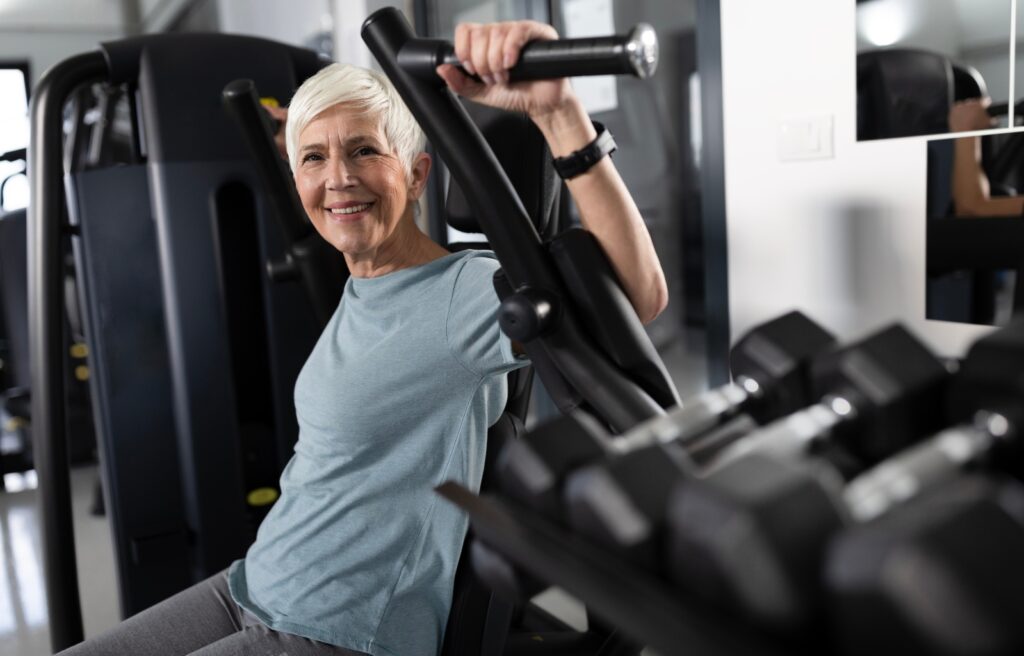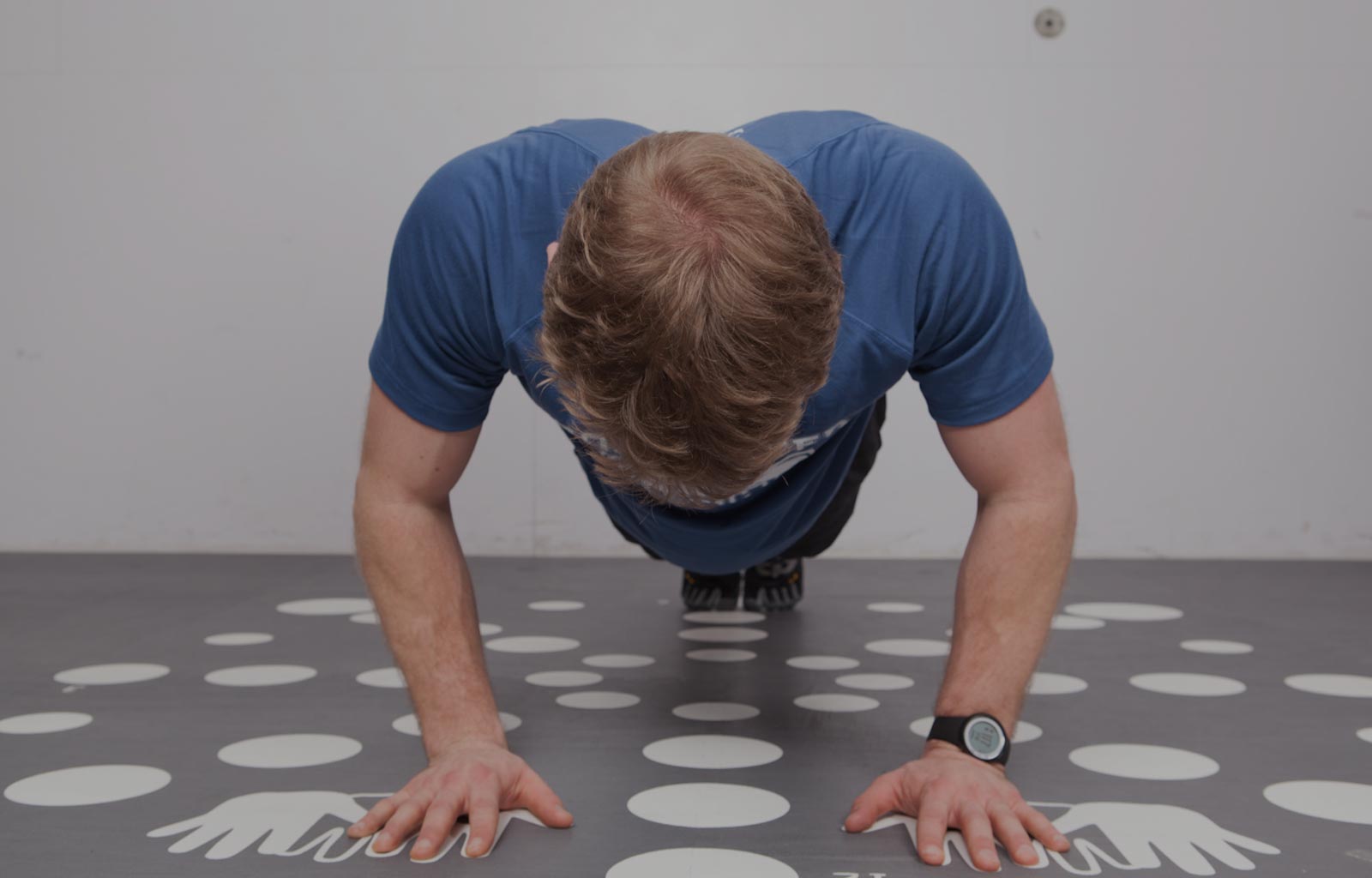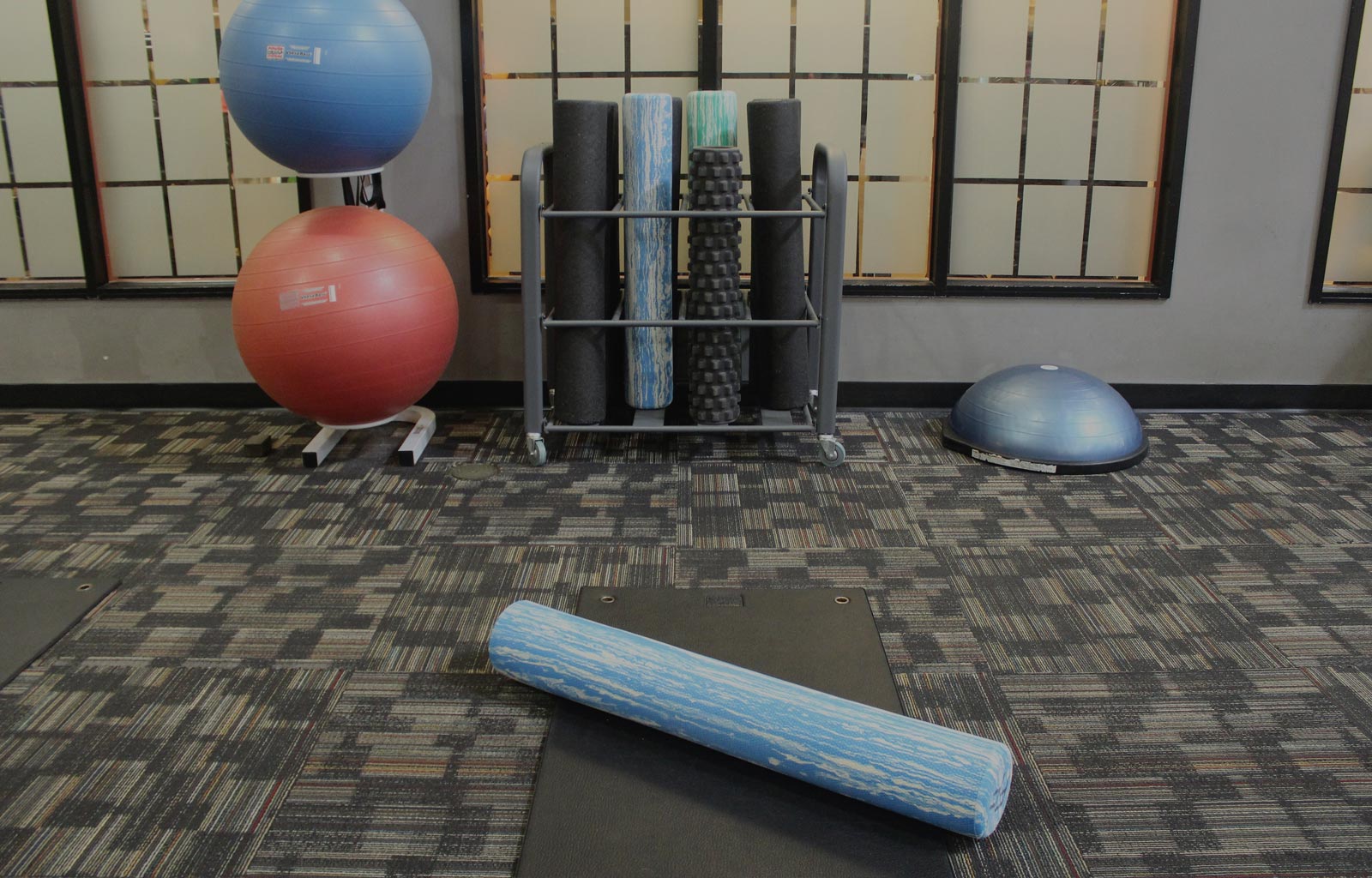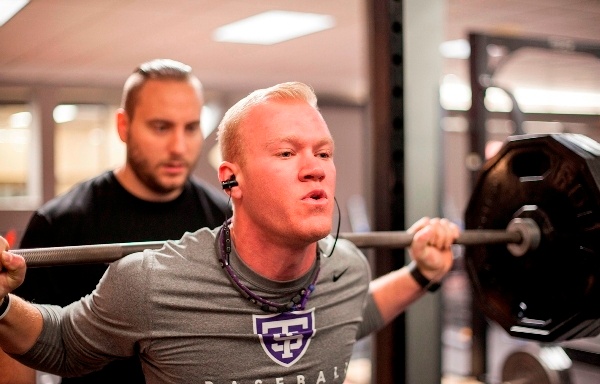Strength training as we age – is it really worth it?
The answer is yes! It is super important for health in general, but especially as we age. According to a recent article from the Mayo Clinic, strength training improves muscle preservation, improves bone strength, lowers blood pressure, and decreases the risk of diabetes.1 Not only that, but it helps improve balance and the ability to perform functional movements (like standing up from a chair), promoting independence and quality of life.2
No matter how good you know lifting is for you, it can still feel very overwhelming to start. Especially if you have a chronic condition or are worried about falls. Making a plan and using the right equipment and form can all be a little daunting. So let’s break it down.
First, talk to your doctor before starting any new workout routine. Your doctor will be able to help you navigate any chronic conditions and give you personalized advice on where a good starting place is so you can feel confident and exercise safely.
Second, find a way of strength training that fits your needs and likes. There are many options at the RAC for lifting. This means you should be able to find something safe and enjoyable for you. Here are a few ideas:
- There are plenty of group fitness classes for different levels offered throughout the day. These can be a great option for someone looking to have a strength lifting session pre-planned and with a variety of exercises. Not only that, but you can find community and encouragement by lifting with others in the class.
- There are machines, weights, and bands on the fitness floor. Whether you prefer seated or standing exercises/machines, there are plenty to pick from. If you are someone who prefers to exercise on your own schedule and have the freedom to customize each exercise, this might be the way to go. With so much equipment on the fitness floor, it can be overwhelming to get started, but there are resources to help you!
- Whether it’s through your complimentary free training sessions when you sign on to the RAC, a purchased training session, or even just asking questions while you’re working out, trainers are available to show you how to adjust and use these machines or weights. The machines are generally pretty straight forward to adjust, and many of the machines also have pictures or video links on them with helpful reminders of how to use them.
- Another great option may be EGYM, which is a full body strength machine circuit where the machines are actually programmed to fit you specifically. EGYM takes away the need to adjust any machines and makes form easier. If you are newer to lifting, this is a great opportunity to learn how to use some common lifting machines. The circuit design also takes away the stress of figuring out what exercises to do.
Third, focus on form! Using proper form for exercises makes sure you work the right muscles, allowing you to target the areas you are trying to strengthen and prevent injury.
- If you are wondering about the correct form for an exercise, a personal trainer can be a great resource to answer your questions.
- While specific form can vary depending on the exercise, here are some general tips:
- Keep your core tight
- Keep your shoulders in a neutral position
- Keep your hips and back in neutral (not excessively arching or rounding)
Fourth, general guidelines can help structure your workouts. The National Academy of Sports Medicine recommends the following for healthy older adults3:
- 1-3 sets (group of repetitions) of an exercise, with 8-20 repetitions of an exercise for each set.
- Start with low weight and slowly progress.
Fifth, make sure to breathe: breathing while you lift helps prevent spikes in blood pressure. Try to inhale during the easy part of the exercise, and exhale during the hard part.1
In Conclusion
Strength training is very important as we age. It promotes quality of life by reducing disease and increasing independence – very important factors in aging well. And, it doesn’t have to be intimidating or overwhelming. Personal trainers and healthcare providers are happy to help you learn how to strength train properly so that you can feel comfortable and safe while lifting, however that looks like for you. Ultimately, it doesn’t need to be intimidating: the goal is just to find a form of lifting that you enjoy and that fits your abilities.
Sources
1. Bowman A. The many benefits of resistance training as you age – Mayo Clinic Press. Mayo Clinic Press. Published September 27, 2024. https://mcpress.mayoclinic.org/healthy-aging/the-many-benefits-of-resistance-training-as-you-age/
2. Golden N. Core Exercises for Seniors: Training the Core for Older Populations. blog.nasm.org. https://blog.nasm.org/core-training-for-seniors
3. NASM. CPT 7th ed.




